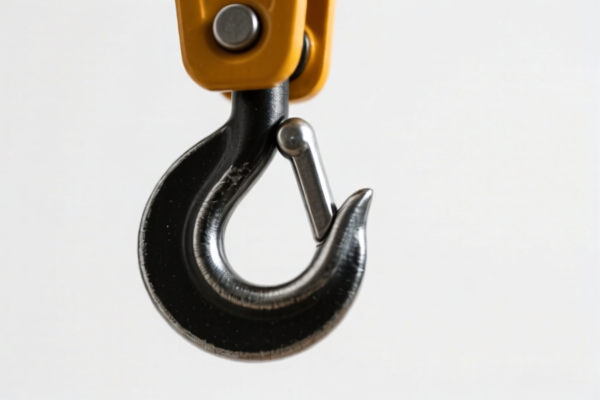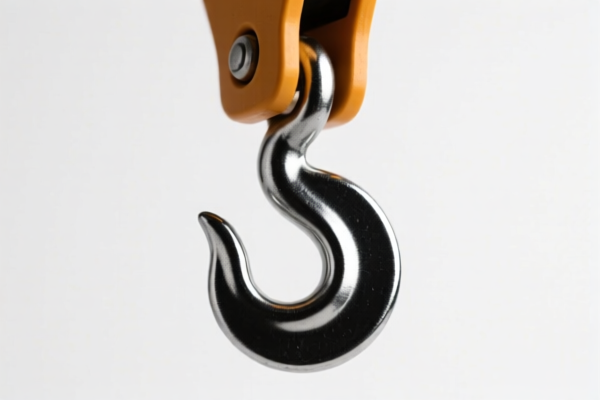| HS Code | Official Doc | Tariff Rate | Origin | Destination | Effective Date |
|---|---|---|---|---|---|
| 8201906000 | Doc | 55.0% | CN | US | 2025-05-12 |
| 8201904000 | Doc | 55.0% | CN | US | 2025-05-12 |
| 8205517500 | Doc | 58.7% | CN | US | 2025-05-12 |
| 8205593080 | Doc | 55.0% | CN | US | 2025-05-12 |
| 9620001000 | Doc | 57.0% | CN | US | 2025-05-12 |
| 9620005000 | Doc | 60.3% | CN | US | 2025-05-12 |




Hand Lifting Tools
Hand lifting tools are manually operated devices used to raise, lower, or position objects. They leverage mechanical advantage to overcome significant weight, enabling users to lift loads beyond their individual capacity.
Materials
Common materials used in hand lifting tool construction include:
- Steel: High-strength steel alloys are prevalent in levers, gears, and structural components due to their durability and load-bearing capacity.
- Aluminum: Used in lighter-duty tools or components where weight reduction is important.
- Alloy Steel: Offers enhanced strength and resistance to wear and corrosion.
- Plastic/Composite Materials: Found in handles for improved grip and ergonomics, or in specialized components for reduced weight or insulation.
- Rubber/Polymer Coatings: Applied to handles and contact surfaces for improved grip, cushioning, and protection of the lifted object.
Purpose
The primary purpose of hand lifting tools is to facilitate the movement of heavy or awkward objects in situations where powered lifting equipment is impractical, unavailable, or unnecessary. This includes:
- Construction: Lifting materials, components, and tools on job sites.
- Warehousing & Logistics: Moving pallets, boxes, and other goods.
- Automotive Repair: Lifting engines, transmissions, and other vehicle components.
- Manufacturing: Positioning parts during assembly and maintenance.
- Home Improvement: Lifting heavy objects during renovations or repairs.
Function
Hand lifting tools function based on several core mechanical principles:
- Leverage: Tools like crowbars and pry bars utilize levers to amplify force.
- Screw Mechanism: Jacks use screw threads to convert rotational motion into linear lifting force.
- Hydraulic Pressure: Hydraulic jacks employ fluid pressure to generate substantial lifting power.
- Pulley Systems: Block and tackle systems use multiple pulleys to reduce the force required to lift a load.
- Gear Systems: Gear jacks use gears to provide controlled lifting and lowering.
Usage Scenarios
- Limited Space: Hand tools are often suitable for confined areas where larger equipment cannot operate.
- Short-Distance Lifts: Ideal for lifting objects over short vertical or horizontal distances.
- Precise Positioning: Many tools allow for fine adjustments and controlled movement.
- Emergency Situations: Useful when powered equipment fails or is unavailable.
- Low-Volume Lifting: Cost-effective for infrequent lifting tasks.
Common Types
- Crowbars/Pry Bars: Used for prying, lifting, and separating objects. Available in various lengths and shapes.
- Jacks:
- Screw Jacks: Provide slow, controlled lifting using a screw mechanism.
- Hydraulic Jacks: Offer high lifting capacity using fluid pressure. (Bottle jacks, floor jacks)
- Ratchet Jacks: Utilize a ratchet mechanism for incremental lifting.
- Pallet Jacks: Used for lifting and moving pallets. (Manual pallet jacks, hydraulic pallet jacks)
- Come-Alongs/Cable Pullers: Utilize a cable and ratchet system to pull or lift objects horizontally.
- Chain Hoists: Employ a chain and gear system for lifting and positioning heavy loads. (Manual chain hoists, lever hoists)
- Lever Hoists: A type of chain hoist operated by a hand lever.
- Lifters (Various Types): Specialized tools designed for specific lifting tasks, such as machine lifters, glass lifters, and furniture lifters.
- Wedge Lifters: Use a wedge shape to gradually lift objects.
Hand lifting tools broadly encompass devices used to manually raise or move objects. Based on the provided information, several HS codes may be relevant depending on the specific type and application of the tool.
-
8201906000: This code covers “Other handtools of a kind used in agriculture, horticulture or forestry, and parts thereof: Other”. This could apply if the hand lifting tool is specifically designed for use in agricultural, horticultural, or forestry settings. The total tax rate is 55.0%, comprised of a 0.0% base tariff and a 25.0% additional tariff, increasing to 30% after April 2, 2025.
-
8201904000: This code covers “Other handtools of a kind used in agriculture, horticulture or forestry, and parts thereof: Forks, and parts thereof”. If the hand lifting tool is a fork-type lifting device intended for agricultural, horticultural, or forestry use, this code may be applicable. The total tax rate is 55.0%, with a 0.0% base tariff and a 25.0% additional tariff, rising to 30% post-April 2, 2025.
-
8205517500: This code covers “Other handtools (including glass cutters) and parts thereof: Household tools, and parts thereof: Other”. If the hand lifting tool is designed for general household use, this code could be relevant. The total tax rate is 58.7%, consisting of a 3.7% base tariff and a 25.0% additional tariff, increasing to 30% after April 2, 2025.
-
8205593080: This code covers “Handtools (including glass cutters) not elsewhere specified or included; blow torches and similar self-contained torches; vises, clamps and the like, other than accessories for and parts of machine tools or water-jet cutting machines; anvils; portable forges; hand- or pedal-operated grinding wheels with frameworks; base metal parts thereof: Other handtools (including glass cutters) and parts thereof: Other: Crowbars, track tools and wedges, and parts thereof Other”. If the hand lifting tool falls into this category, the total tax rate is 55.0%, with a 0.0% base tariff and a 25.0% additional tariff, increasing to 30% after April 2, 2025.
It is important to note that the specific classification will depend on the tool’s design, materials, and intended use.
Customer Reviews
No reviews yet.